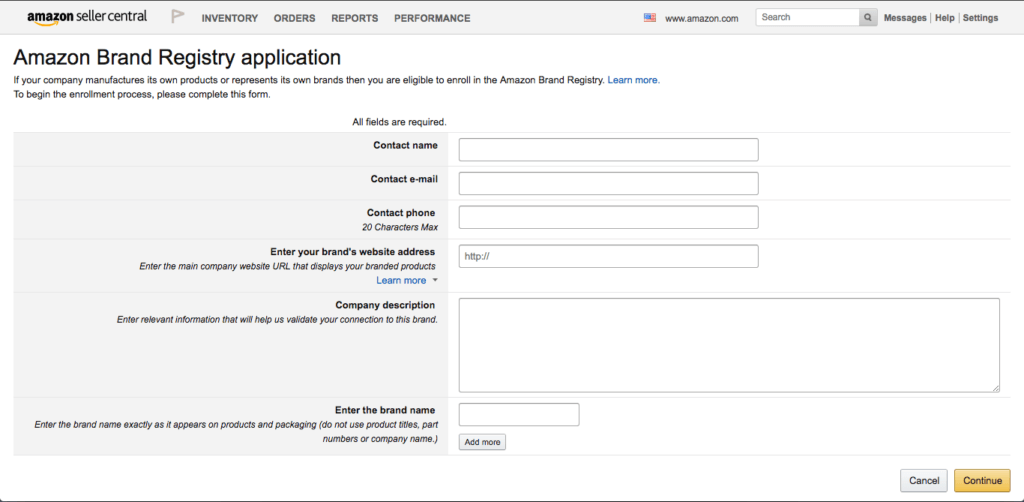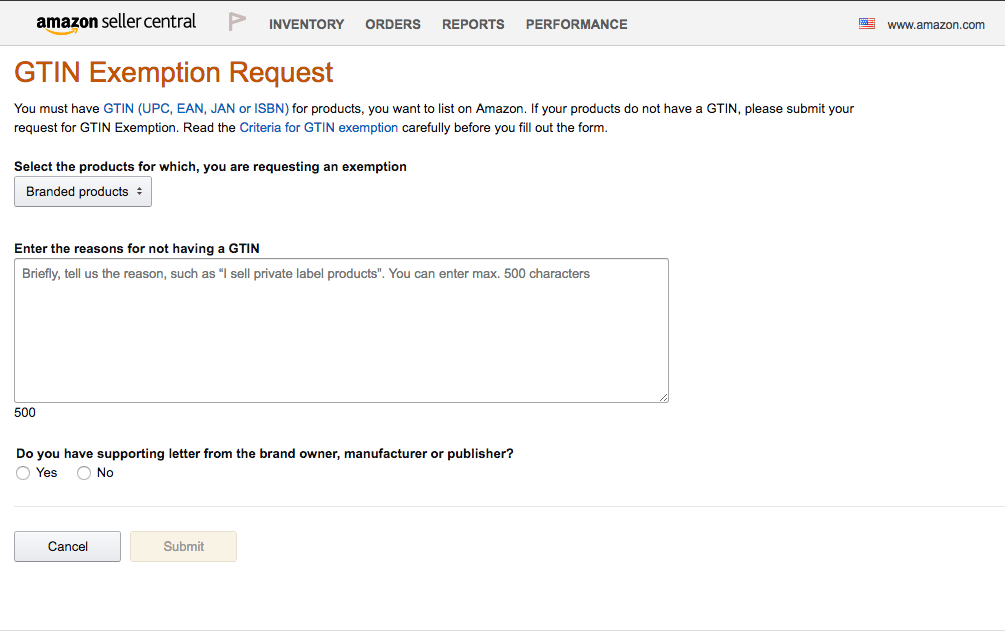Blog: How To Navigate Amazon's New UPC Policy
How To Navigate Amazon's New UPC Policy
I recently met Leah McHugh, a Consultant at eccommerceChris, and she blew me away with her Amazon knowledge. In fact, the whole company of ecommerceChris is an invaluable resource to help sellers communicate with Amazon and work through Amazon's sometimes-confusing seller policies. We covered this in a previous webinar, but Seller Suspension is such a gut-punch to anyone who relies on Amazon to make a living.
For Amazon sellers, having their merchant account suspended means losing time and money trying to get back in business. ecommerceChris shows sellers how to keep their accounts healthy, or, if the worst should happen, how to get their account back from a suspension. In this post, Leah helps us understand Amazon's new UPC Policy, and what it means for your Amazon business going forward.
And now, here's Leah:
Amazon recently changed their Product UPCs and GTINs policy page to state:
“We verify the authenticity of product EANs/UPCs by checking the GS1 database. EANs/UPCs that do not match the information provided by GS1 will be considered invalid. We recommend obtaining your EANs/UPCs directly from GS1 (and not from other third parties selling EAN/UPC licenses) to ensure the appropriate information is reflected in the GS1 database.
Important: All invalid product UPC/EAN listings will be removed, which may result in your ASIN creation or selling privileges being temporarily or permanently removed. For more information on licensing UPCs/EANs from GS1, see the GS1 standards website.”

Are you racking your brain trying to remember where you purchased your UPCs? If you aren’t sure if your UPC is now considered invalid by Amazon, just check it in GS1’s tool, Who Owns This Barcode. If it identifies someone other than the brand or manufacturer of the product, then Amazon considers it invalid.
So, now how do you get compliant?
Unfortunately, Amazon’s catalog does not let you change the UPC on an existing listing. Does that mean you have to create a brand new listing and start from scratch? Not necessarily.
Private Label Sellers
In certain categories, you can apply for an exemption through Amazon’s Brand Registry. Amazon will assign your products a Global Catalog Identifier (GCID), which can be used in place of a UPC. You can apply for the Brand Registry here and will need to provide:
- An image of your product packaging with branding visible on the packaging.
- An image of a product with your branding visible on the product itself.
- Link to an active website that displays your brand or products.

If you’re already registered with Brand Registry but have UPCs as your key attribute, then you should create a case with Seller Support requesting to change your key attribute to one of the following:
- Manufacturer Part Number
- Model Number
- Catalog Number
- Style Number
- GCID
Note: Should you ever decide to sell your products to major retailers, they will only accept GS1 issued UPCs with your company prefix. If this is something you plan on doing, it may be worth investing in them now.
Bundles
This is where things become a bit murky. Product bundles must have their own standard product identifier or manufacturer part number. You are responsible for obtaining a UPC for each bundle you create.
There is confusion because at first glance it seems like the bundle policy and UPC contradict each other. However, that would only be the case if one policy supersedes another.
Any product listed with a UPC falls under the UPC policy.
The safest option is to only create bundles of your own private label products, and use a GS1 UPC.
The second option is to create bundles of products for which you are an authorized reseller. Ask the manufacturer of the products to supply a UPC for the bundle.
The least safe option is to bundle items of different brands, with your own GS1 issued UPC. To create a new listing this way you will have to put your own private label as the manufacturer and brand and omit any other brand names from the product title. This is the current loophole which some sellers are taking advantage of to create their own unique listings. I consider it a loophole because whether or not it is in violation of the UPC policy depends on how you define the word “manufacturer”. You did not make these products. One could argue that you “manufactured” the bundle, however, as we have already identified other sellers exploiting this loophole, I believe that at some point Amazon will begin enforcing.
Multipacks may only be created by the manufacturer.

Resellers
This is where we have seen the majority of enforcement of the new UPC policy.
At this time it looks like Amazon is checking the manufacturer field, brand and title to match against GS1. Amazon has started:
- Automatically checking UPCs against their list of Designated Brands Requiring UPCs when a new listing is being created.
- Checking existing listings that cite a Designated Brand as the manufacturer, or mentions them in the title.
- Checking UPCs manually when a seller is under investigation for other reasons, such as misuse of ASIN Variations.
If you’re listing a branded product that is not your brand, you should use the UPC supplied by the manufacturer.
If you have already listed product with incorrect UPC information, is there a correct listing? List against that and remove your listing with the incorrect UPC before Amazon does.
If there isn’t a correct listing, you should still remove your listing and relist with the correct information before Amazon shuts down the listing for you.
What if the products I’m reselling don’t have a barcode?
Contact your supplier. There is no official publicly available list of barcodes, as there is no requirement for registering individual UPCs. Your best source is the manufacturer.
If the products do not have GTINs, you can apply for an exemption from Amazon’s UPC requirement. You need a letter from the brand owner confirming that their products do not have a GTIN as well as a link to the product website, or images of the products. You can apply for the exemption here.

Right now, Amazon has millions of duplicate listings, where someone has slapped their own barcode onto an existing product in the catalog. Duplicate listings are not good for buyer experience. It confuses customers and dilutes product reviews.
The GS1 policy gives Amazon tighter control of what constitutes a valid listing and reduces the chance of duplicate listings.
